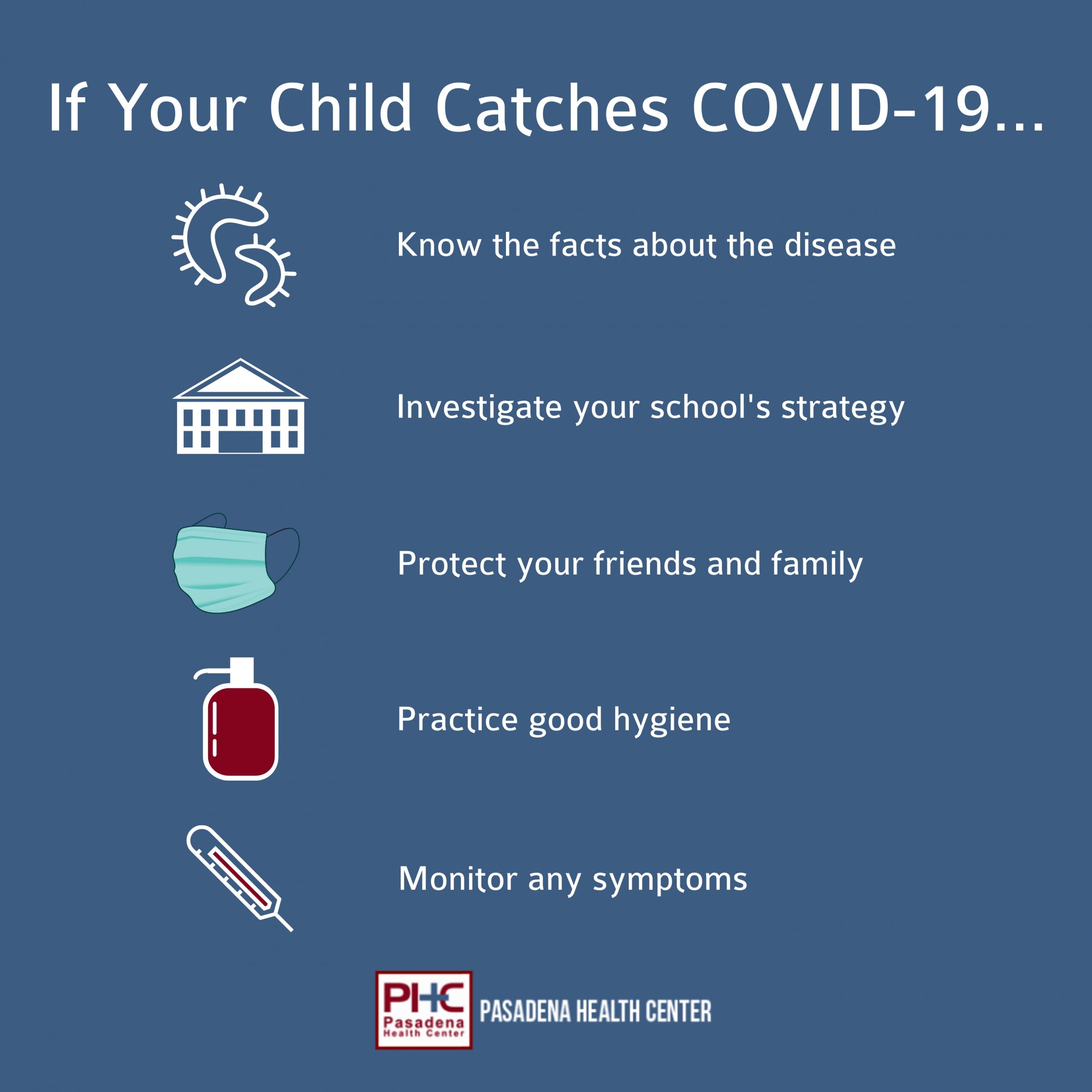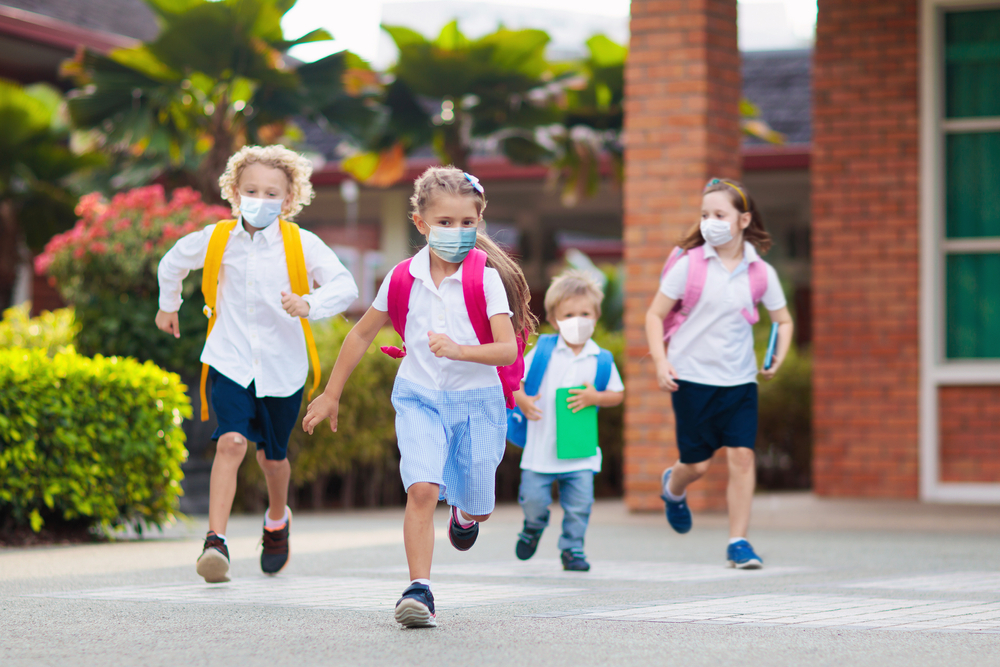As the first day of school inches forward, the risk of catching coronavirus has yet to fade away. How should you and your family think about schools opening back up? What should you do if your child starts showing symptoms of the virus? More than ever, it’s important for you to stay informed with facts to help make the best decisions for your family.

School Opening & Coronavirus Considerations
At the onset of the 2020-2021 school year, both parents and teachers are scared. With information being spread through different news outlets, it’s been difficult for families and school officials to know how to navigate. Whether you’re moving forward like nothing is happening or are unsure whether a school building is the safest place for your child, take note of the following five considerations.
- Understand the Facts
- Investigate Your School
- Think About Your Family
- Practice Good Health
- Watch for Symptoms
1) Understand the Facts
To make the best possible decision for your family, it’s important to understand the facts surrounding the coronavirus (COVID-19) and younger ages. According to the Centers for Disease Control & Prevention (CDC), children do not appear to be at higher risk for COVID-19 than adults. So far, the number of positive adult cases have far outweighed the number found in children. Fortunately, for those who have contracted the virus, symptoms have proven to be mild and recovery is usually within 1-2 weeks of the onset.
2) Investigate Your School
Whether you’re a teacher or parent of a student, determining a child’s education is a huge decision. In Texas, important safety precautions are being followed to ensure that proper social distancing will occur once kids return to school. Until meeting together, however, many schools are handling the situation in different ways. From on-campus instruction to video chat lessons, there are different risks to consider:
- Low-Risk Activities – Students stay home and attend virtual-only classes, activities, or events
- Mid-Level Risk Activities – Small groups of students attend in-person classes or events. Staggered scheduling is administered to ensure that both students and teachers can maintain a safe environment.
- High-Risk Activities – Basically, anything resembling pre-pandemic school settings where large groups of students gather together on a regular basis.
While most schools are participating in low to mid-level risk activities, it’s important for your children to know what to expect. Find out how your school is responding to the current situation when determining how your family should respond.
3) Think About Your Family
One of the scariest aspects of the coronavirus disease is the asymptomatic spread. For many people who have tested positive, they have shown little to no symptoms. Since most children tend to be asymptomatic, it’s important to consider your family dynamics if you plan to send your children into your local community. For homes that have older or immune-compromised family members, limiting contact with children is a necessary precaution that can’t be overlooked.
4) Practice Good Health
Coronavirus is a virus that has been known to spread by respiratory droplets found when people talk, cough, sneeze. If you’re comfortable with how your children’s school is handling the situation, it’s extremely important that your children know how to fight germs. From learning how to correctly wash their hands and use alcohol-based hand sanitizer to properly wearing a mask, make sure your children are practicing good health practices in and out of the home.
Pro Tip: Wearing a face mask is one of the most important ways to curb the spread of the virus. Learn the difference between the different types of masks with help from our health experts.
5) Watch for Symptoms
While chances are low, there is still a possibility that your child could become sick with COVID-19. If your child starts to exhibit one of the symptoms such as chills, headache, or loss of taste or smell, it’s important for you to call your doctor right away. Symptoms of COVID-19 may also include:
- Fever or chills
- Cough
- Shortness of breath or difficulty breathing
- Fatigue
- Muscle or body aches
- Headache
- New loss of taste or smell
- Sore throat
- Congestion or runny nose
- Nausea or vomiting
- Diarrhea
Helpful Resources for Parents & Teachers
For more information regarding school openings, explore the following resources:
Ensuring Safety for Future Generations
At this point in history, most parents and teachers have never experienced a global pandemic. It’s hard to imagine what the future will look like, but right now, the facts are clear: the novel coronavirus is alive and present in our lives. As your child’s school starts to navigate the current situation, make sure you have the facts to help ensure safety for your kids.
Are you unsure whether you or your child has contracted COVID-19? Fill out our free online assessment or contact our main office to determine the next steps.




